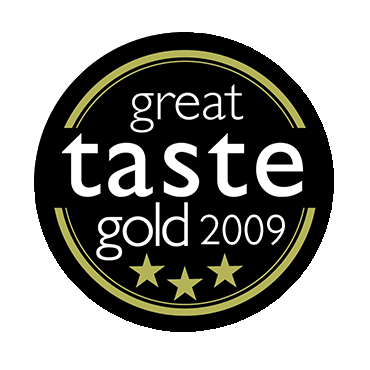Keep Your Coffee Fresh and Delicious
Ponaire Coffee Brewing tips
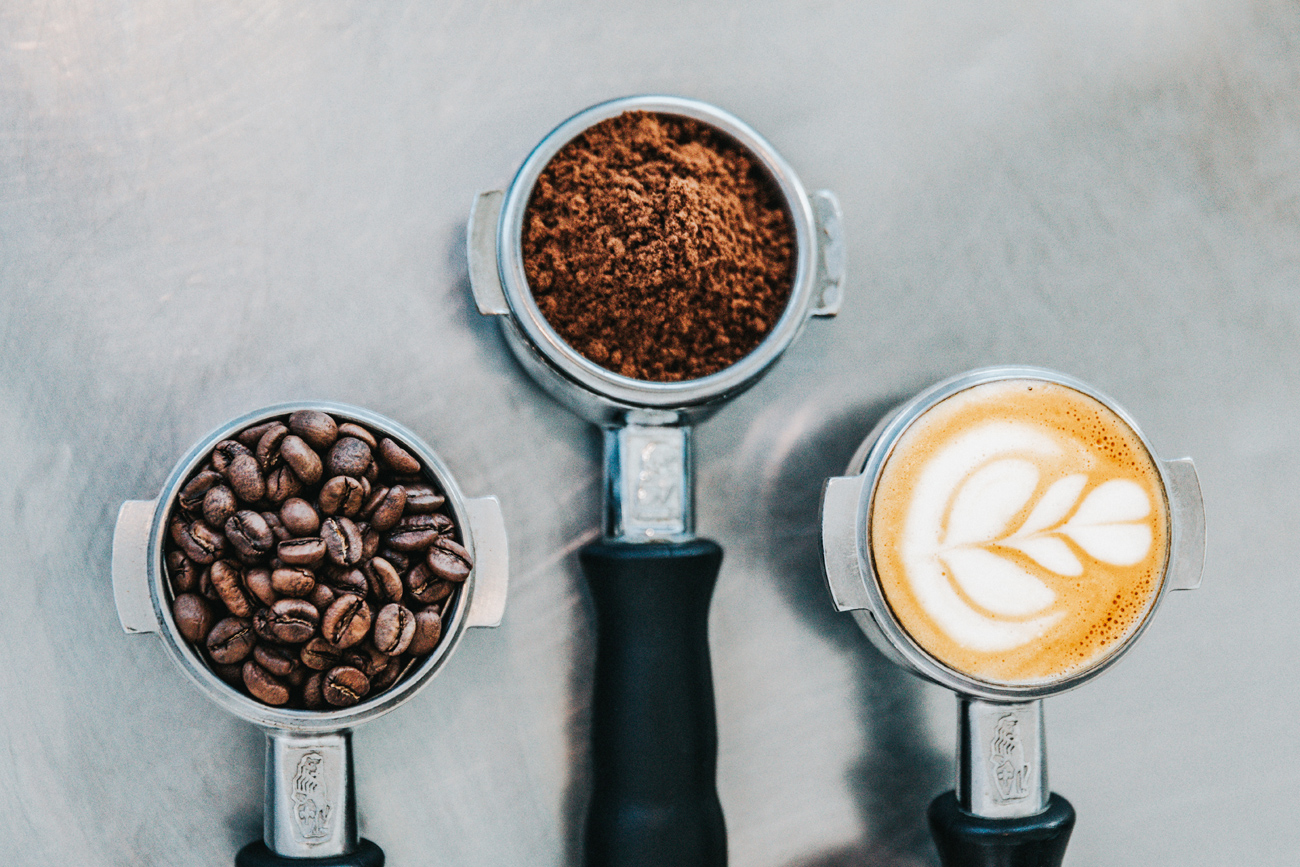
We realize that everyone does not have the advantage that we have to benefit from freshly roasted coffee daily, so here are some hints for caring for your coffee:
-
1We package in bags with de-gassing valves – this allows the natural gases to escape while not exposing the coffee to excessive air. We recommend that you keep you coffee in these bags at normal room temperature – use a clip for the top once opened. We do not think coffee should be stored in the fridge or freezer – would you buy a freshly baked loaf of bread and put it in the freezer?
-
2Coffee will last a long time but to realize its optimum freshness and flavour, we suggest that you use it within a month or so or buying it.
-
3We recommend clean filtered water heated to no more than 95°C to ensure optimum taste of the coffee.
Making the Perfect Cup
Brewing coffee is as much of an art as it is a science.
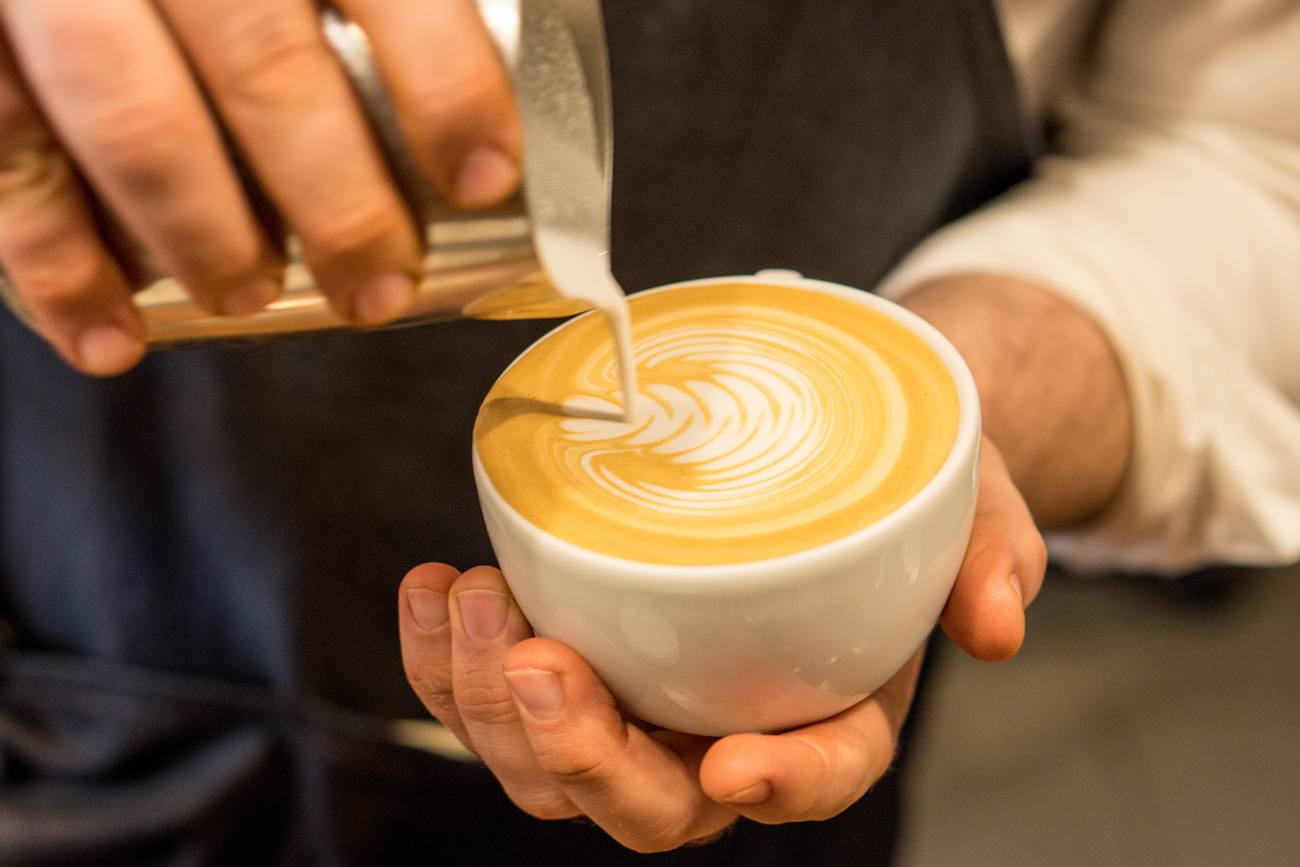
The following general rules apply to each coffee making process discussed
Coffee should be brewed for 4.5-5 minutes using a ratio of 55 grams (about 2 tablespoons per 6 oz of water) of ground coffee per liter of filtered water (195-205°F).
We recommend filtered water or spring water as tap water frequently adds off flavours to the coffee and some minerals are essential to coffee flavor. We do not recommend distilled water for brewing coffee as it lacks the minerals to bring out the natural flavors of the coffee.
Methods of Making Coffee
French Press: The best way to control the time and temperature is to use a French press coffee maker. The French press offers unparalleled flavor due to perfect extraction time and delivery of the volatile oils that are often trapped in paper filters. A French press is also the least expensive coffee brewer available. To make coffee in a French press: boil the correct amount of water, pour some into the glass to warm the carafe for a minute or two. Freshly grind the coffee beans using a course setting, remove the plunger, place the coffee grounds at the bottom of the glass, add the hot water, stir by shaking, and after 4-5 minutes press the plunger down to separate the grounds from the extracted coffee. Note: You do not want to pour boiling water directly onto the coffee. The goal is to brew coffee at a temperature between 195-205°F.
Automatic Drip Coffee Maker: The easiest way to brew coffee is by using an automatic drip coffee brewer. Unfortunately, few coffee machines brew at the right temperature for the correct amount of time. The best drip coffee makers currently available are produced by Techni Vorm with the insulated carafe is probably the best drip brewer available on the market.
If your brewer has a hot plate under a glass carafe, remove the carafe after the coffee is fully brewed to prevent the coffee from burning. An insulated carafe is the best way to keep coffee hot because allowing a pot of coffee to sit on a hot plate only burns the coffee.
Espresso
An espresso is a concentrated coffee beverage brewed by forcing very hot, but not boiling, water under high pressure through coffee that has been ground to a consistency that is between extremely fine and powder.
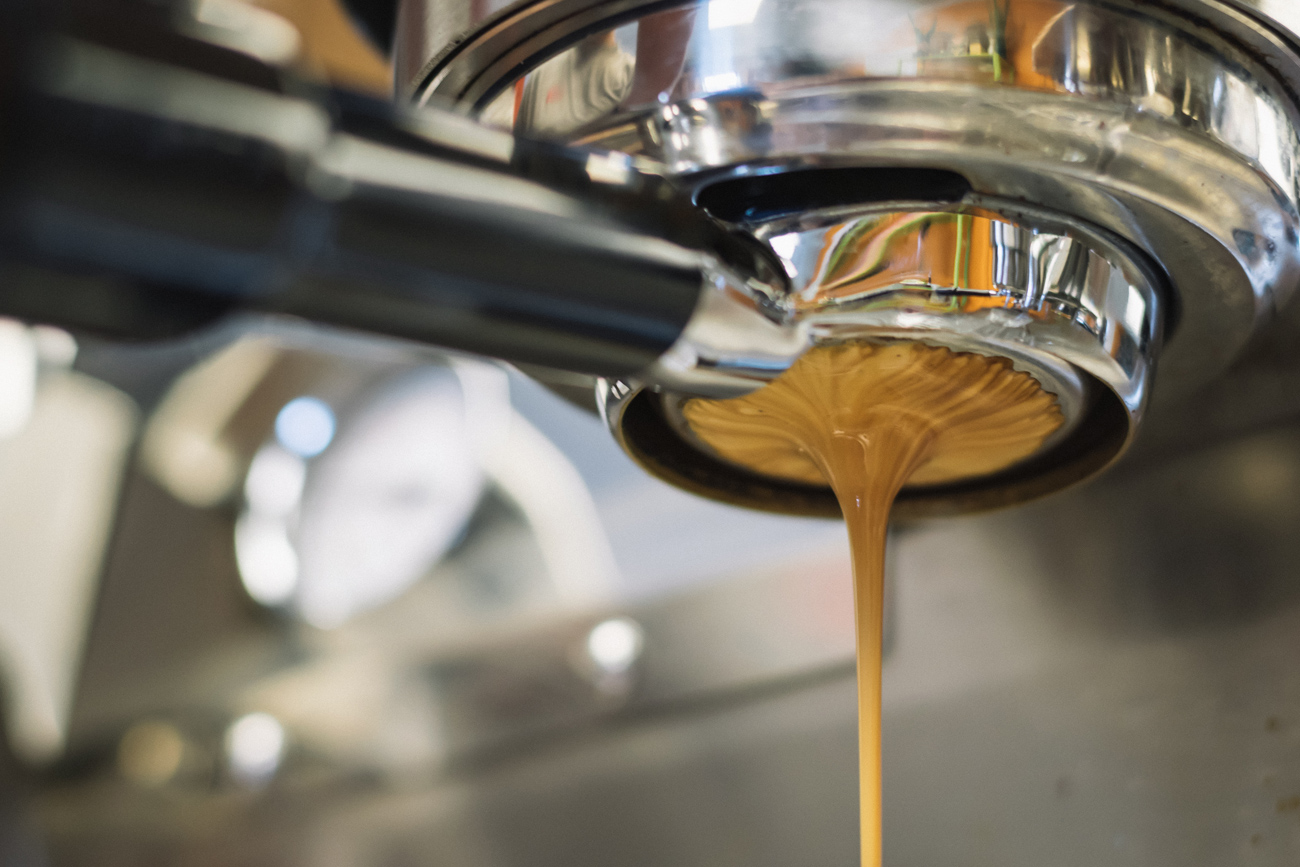
A perfect espresso has a soft crèma with a nutty or reddish/brown colour and has a dense sweet aromatic body. Contrary to many beliefs, espresso is the preparation of the drink – not the type of bean or the type of roast. Not all espressos are made from dark roasted beans – the roast depends entirely on the particular bean. An espresso should be consumed within 2 minutes from when it is served. A perfect espresso will look like a mini pint of Guinness with a creamy head.
The best espresso should be extraordinarily sweet, have a potent aroma, and flavor similar to freshly ground coffee. The crema should be dark reddish-brown and smooth, yet thick. A perfect espresso should be enjoyable straight with no additives, yet bold enough to not disappear in milk. A pleasant and aromatic aftertaste should linger on the palate for several minutes after consumption.
Espressos serve as the foundation of many other coffee drinks:
Making Perfect Espresso
The following steps describe in detail how to make espresso. You will also learn about the various factors and problems with espresso that limit its perfection. If any of these factors are off, you will not achieve a high quality espresso.
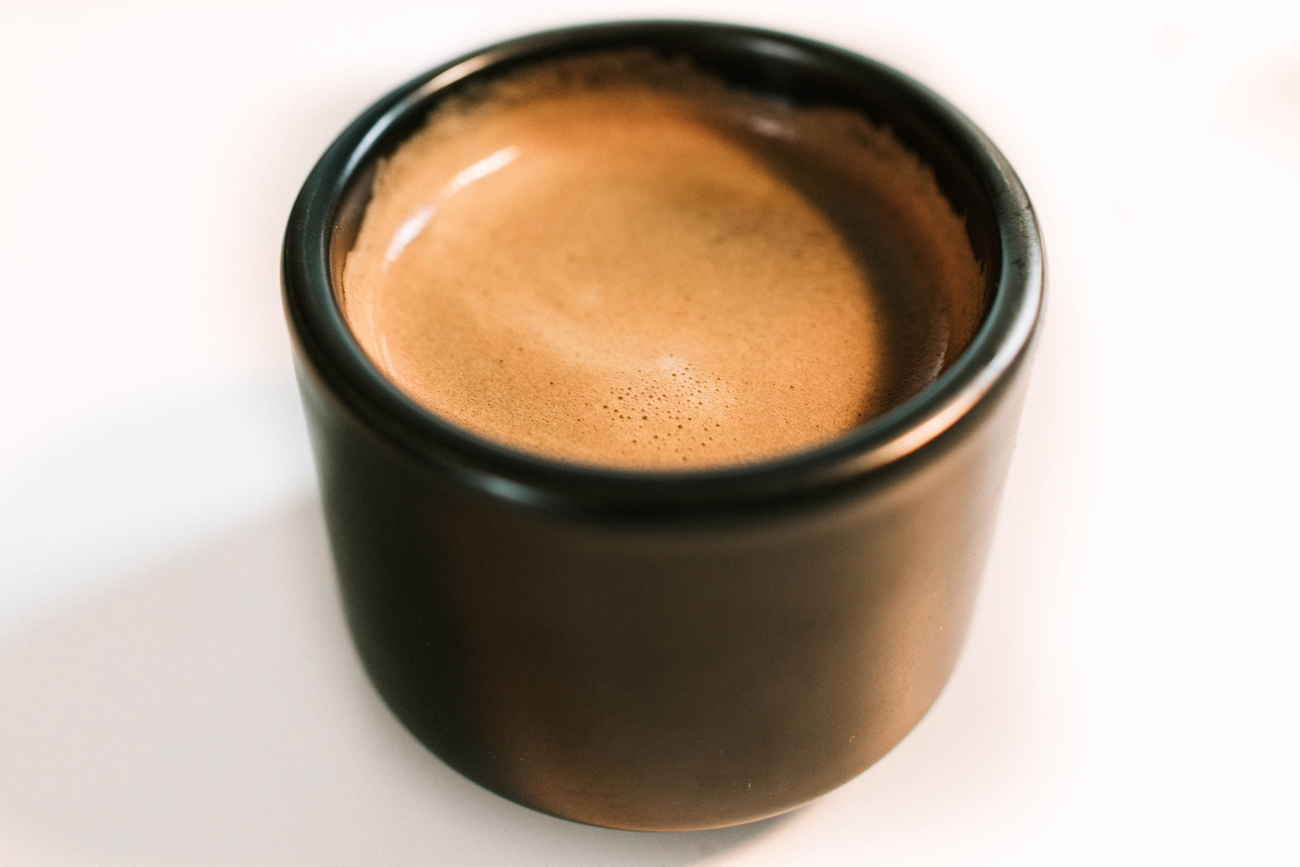
Practice makes perfect
If you want to learn to make espresso, it is essential to practice and experiment. The key to making espresso is to realize that it always has further potential. By changing any one of these factors you can improve or diminish its potential. If it does not work the first time try and try again – you will find ‘your perfect espresso’.






